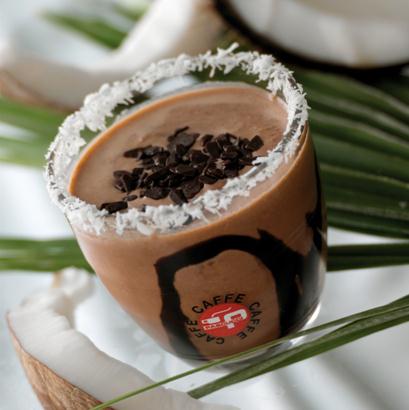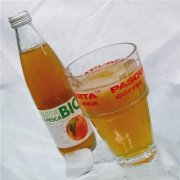Different Coffee: creating a Professional "Coffee Talent"
Coffee has become a popular fashion, in busy life, do you have a cup of coffee, in order to dispel the habit of fatigue? Whether you haven't or haven't gotten into the habit yet, here's an introduction to professional coffee tasting, and maybe you'll become a coffee drinker the next minute.
Professional coffee tasters choose a special set of equipment, including a large number of white cups or glasses, hundreds of sample boxes, sample trays, scales for weighing, small grinders, and may also need small roasters, spittoons, tasting spoons, and well-equipped and sophisticated equipment to measure moisture content.

Coffee beans from all over the world are processed in a variety of ways to provide tasters with a variety of flavors and styles of coffee drinks. From light to full, from strong to slightly sour, the variety is bewildering both to the first coffee drinker and to those trying to distinguish their characteristics. However, just as there is a well-defined and well-understood way of tasting wine, there is a similar way of tasting coffee.
Although coffee beans differ slightly in appearance, the difference is obvious to the connoisseur. For example, some people think that selected Pascucci coffee beans look tastier than other coffee beans. Coffee from different origins can be classified into simple flavors. Coffee beans from Italy are very sour and refreshing, coffee beans from East Africa, Yemen and Ethiopia are rich in aroma, Arabic coffee beans from Indonesia are more intense, and Indian coffee beans are not very sour, but can be called rich and full.
So when evaluating coffee, the reviewer has ten criteria to consider: type-Pascucci, selected Italian coffee beans, etc.; taste-smooth, coarse, etc.; granules-too light, too heavy, etc.; acidity-slightly acidic, upper acid, etc.; freshness-aged to fresh; blemishes-acidic, grassy, musty, etc.; coffee cup-roasted, washed, burned, old cup, etc.; overall evaluation-mild, rich, bitter, etc.; aroma-weak to strong; fullness-not full enough to quite full;
The delicacy of coffee always coexists with the warm mind. To taste different coffee in the right way is not only easier to appreciate the deliciousness of coffee, but also to appreciate the perfect journey of life and become a coffee tasting expert.
Important Notice :
前街咖啡 FrontStreet Coffee has moved to new addredd:
FrontStreet Coffee Address: 315,Donghua East Road,GuangZhou
Tel:020 38364473
- Prev

The nutritional conditions for the growing demand for coffee
Small seed coffee is native to the lower part of the Ethiopian rainforest in northern Africa. The temperature is relatively low, with an average annual temperature of 20 degrees. The origin of medium-grain coffee is near the equator. Therefore, small seed coffee has stronger cold tolerance and wider adaptability than medium grain coffee. Medium-grain coffee requires a slightly higher temperature. The requirement of temperature is based on the natural conditions of Yunnan, and the suitable planting area of coffee should be chosen in the year.
- Next

Coffee strikes the body's sense of smell: the main factors affecting the taste of coffee
Daily coffee is made from coffee beans combined with a variety of cooking utensils, and coffee beans refer to the nuts in the fruit of a coffee tree, which are then roasted with appropriate roasting methods. The purity of coffee taste is also the main feature that attracts many people, so let's talk about the main factors that affect coffee: first, why temperature makes temperature the first focus of discussion. Because
Related
- Beginners will see the "Coffee pull flower" guide!
- What is the difference between ice blog purified milk and ordinary milk coffee?
- Why is the Philippines the largest producer of crops in Liberia?
- For coffee extraction, should the fine powder be retained?
- How does extracted espresso fill pressed powder? How much strength does it take to press the powder?
- How to make jasmine cold extract coffee? Is the jasmine + latte good?
- Will this little toy really make the coffee taste better? How does Lily Drip affect coffee extraction?
- Will the action of slapping the filter cup also affect coffee extraction?
- What's the difference between powder-to-water ratio and powder-to-liquid ratio?
- What is the Ethiopian local species? What does it have to do with Heirloom native species?

